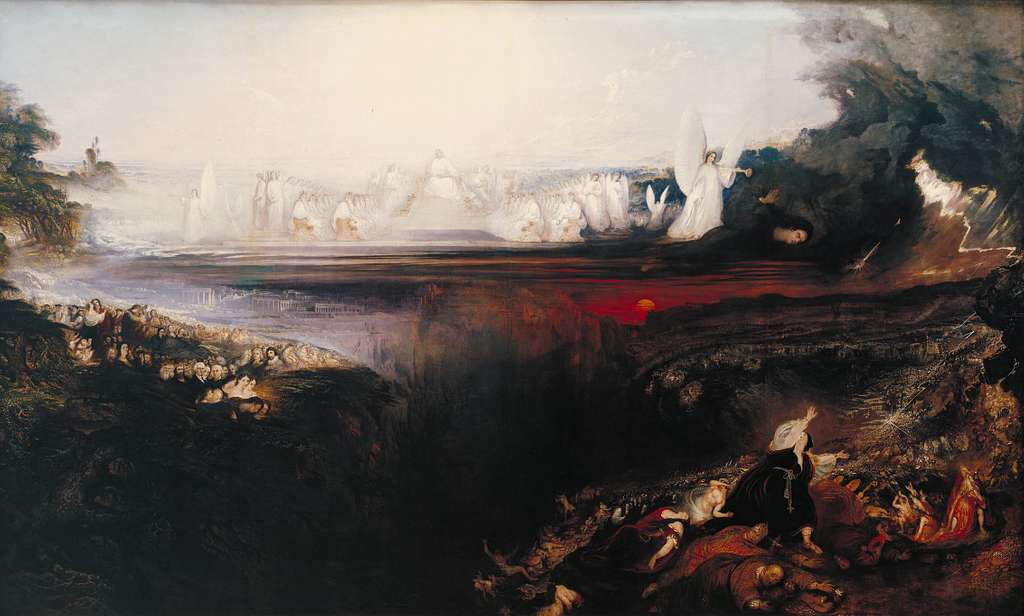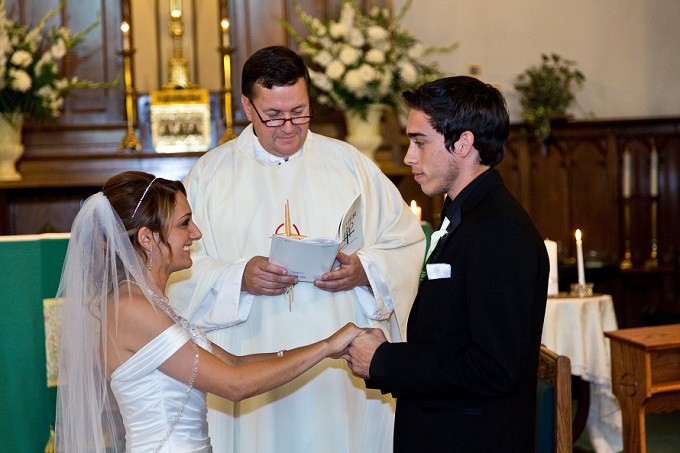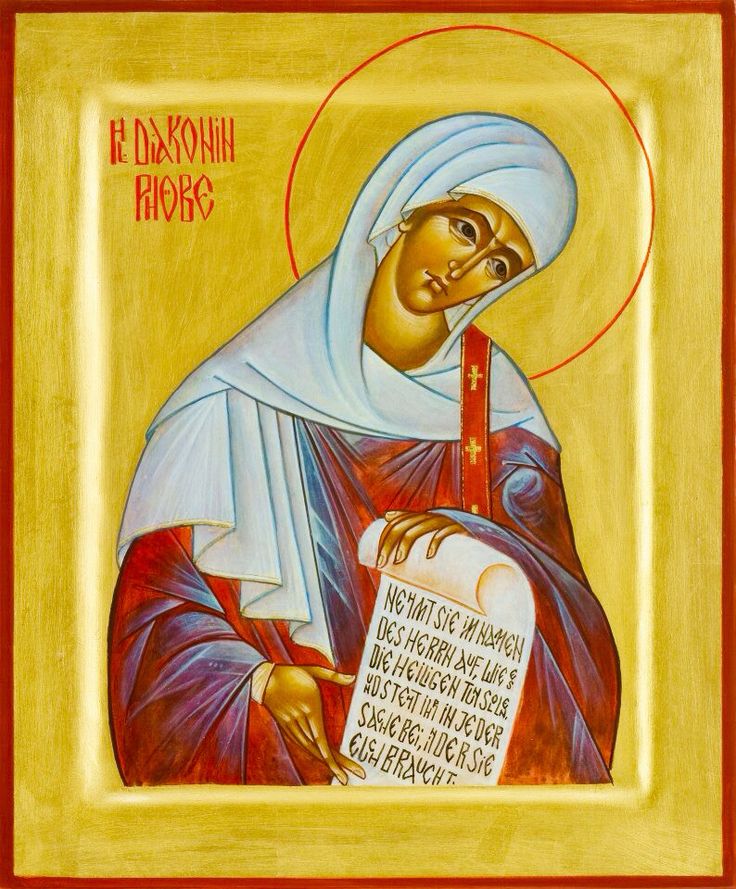
Considering the role that a certain star of Bethlehem plays in one of our most celebrated stories, one might wonder. Astrology's appearance in the Western world occurred in the 3rd century B.C. It was a rather peculiar mash-up: Chaldean and Egyptian astral religion meets Greek mathematics and astronomy. But once it caught on, every corner of Hellenistic thought was affected by its influence.
This explains why the Old Testament, mostly compiled around the 6th and 5th centuries B.C., shows little interest in the topic. Isaiah pooh-poohs Chaldean astrologers in a poem about the fall of Babylon (Chaldean country, remember). The Book of Daniel, probably written in the 2nd century, makes four references to Babylonian wise men with a Hebrew word that may refer to astrologers.
New Testament evangelists, right smack in the middle of Hellenism's fascination with astrology, take up the subject more often. Matthew introduces a star that foretells the birth of Jesus, and a solar eclipse at his death. Mark and Luke also mention the eclipse. Reading into heavenly portents was discouraged, however, by Jesus himself. While noting that the whole world would be aghast at terrifying sights in the sky and attempt to interpret these signs, Jesus warned his followers against investing in such deceptive ideas. Jesus doesn't negate the significance of heavenly signs, only the meanings attached to them.
Saint Paul, true to his Pharisaical purist roots, is very critical of those who look for signs in zodiac placements (see Rom 8) or celebrate annual celestial events (Gal 4). To Paul, placing trust in "elemental powers of the world" (Col) betrays a lack of faith in Christ.
Church fathers like Tertullian and Augustine viewed astrological predictions as demonic, Augustine insisting that the whole system of astrology was an affront to human freedom. Christianity encountered enthusiasm for astrology again 800 years later with the spread of Islam. Both Thomas Aquinas and Dante treated the potential influence of the stars with guarded respect. During the Reformation, some Protestant leaders denounced astrology and others accepted it. It should be noted, some popes were advised by astrologers (Julius II and Paul III) while others vehemently opposed the practice (Innocent VIII). Astronomical discoveries in later centuries eventually disproved astrological claims as pseudo-science. Since Christianity seeks the truth in all things, it would be incompatible with a belief in astrology today.
Books: The World of the Early Christians by Joseph Kelly (Collegeville, MN: Liturgical Press, 1997) The Sky Is Not a Ceiling: An Astronomer's Faith by Aileen O'Donoghue (Maryknoll, NY:Orbis Books, 2007)
Reprinted with permission from PrepareTheWord.com. ©TrueQuest Communications.





















